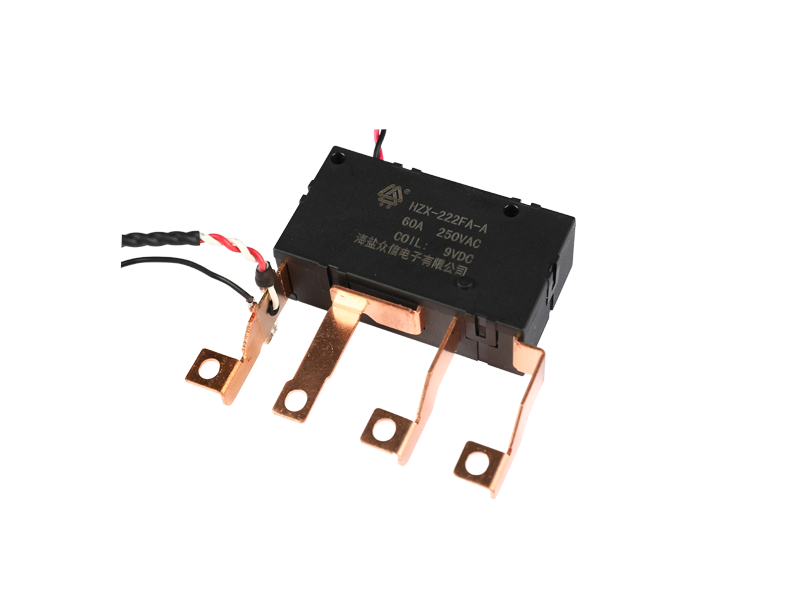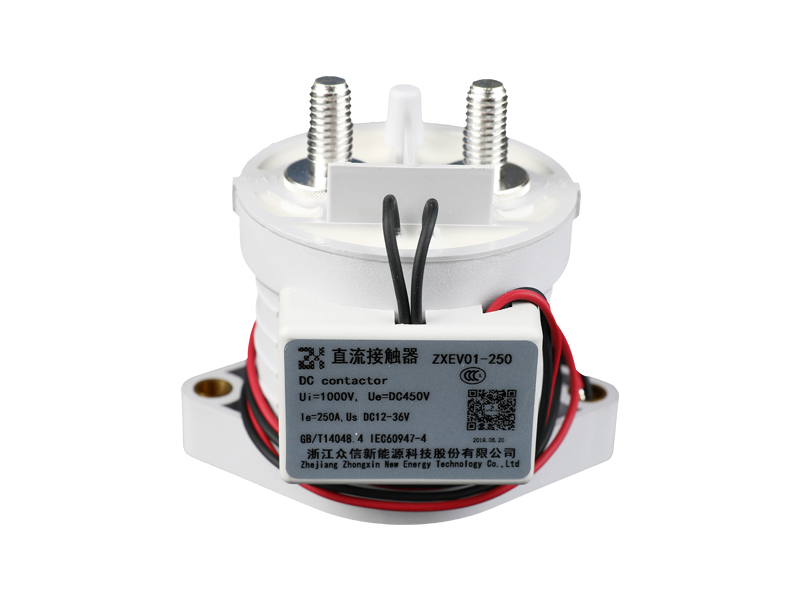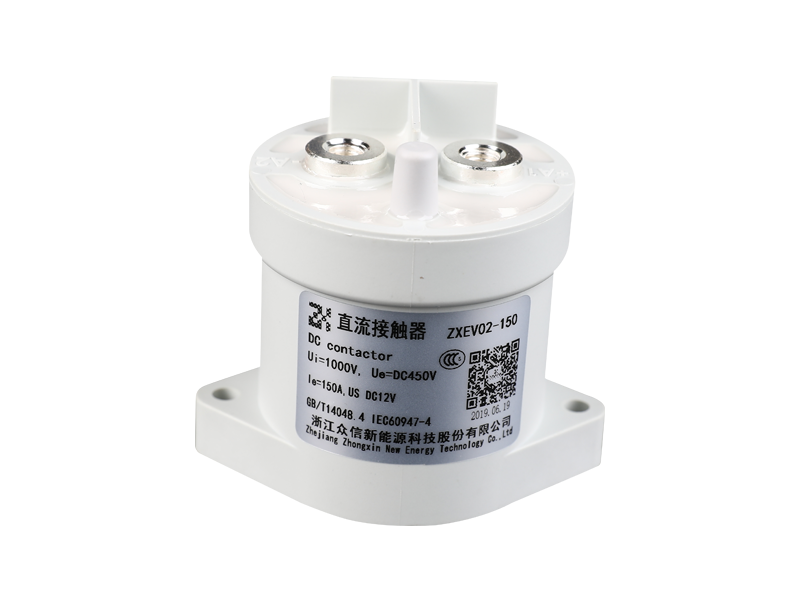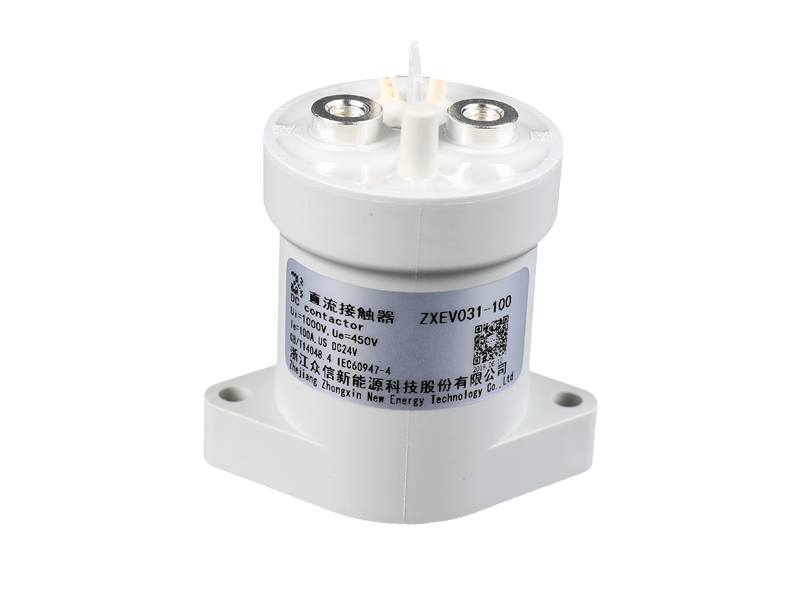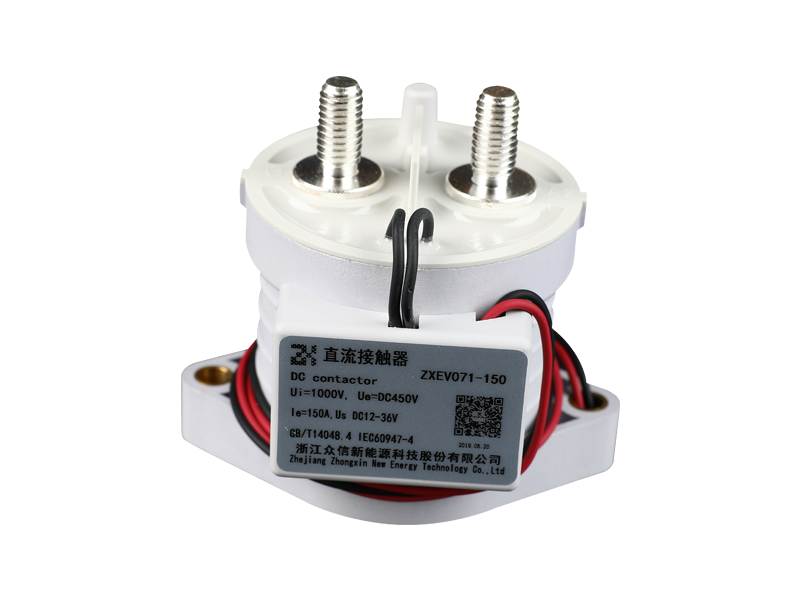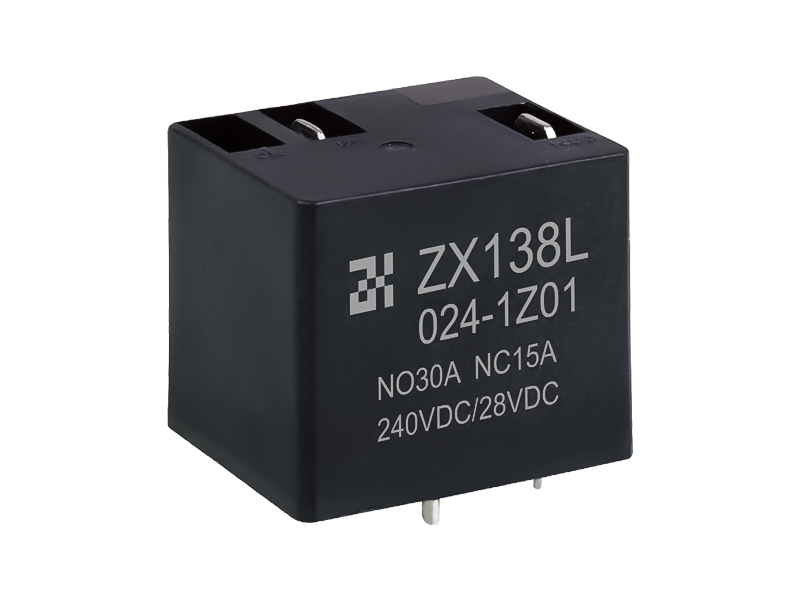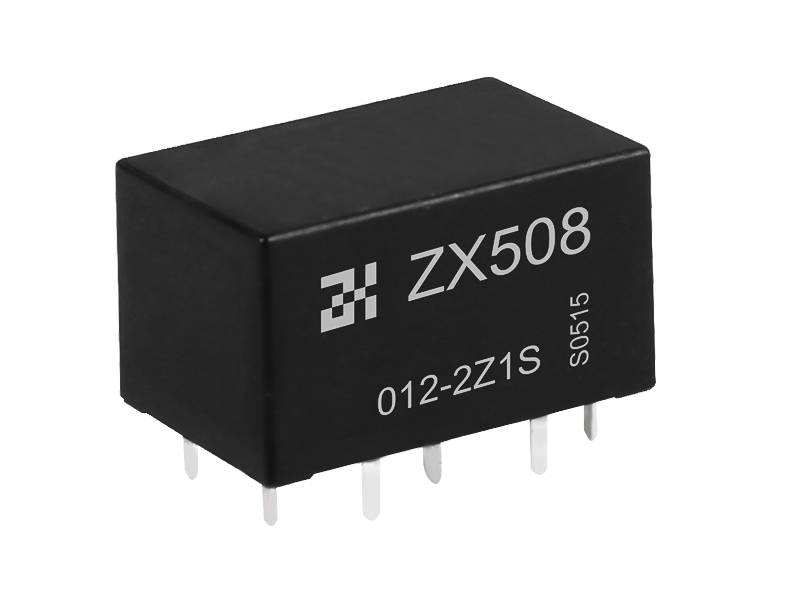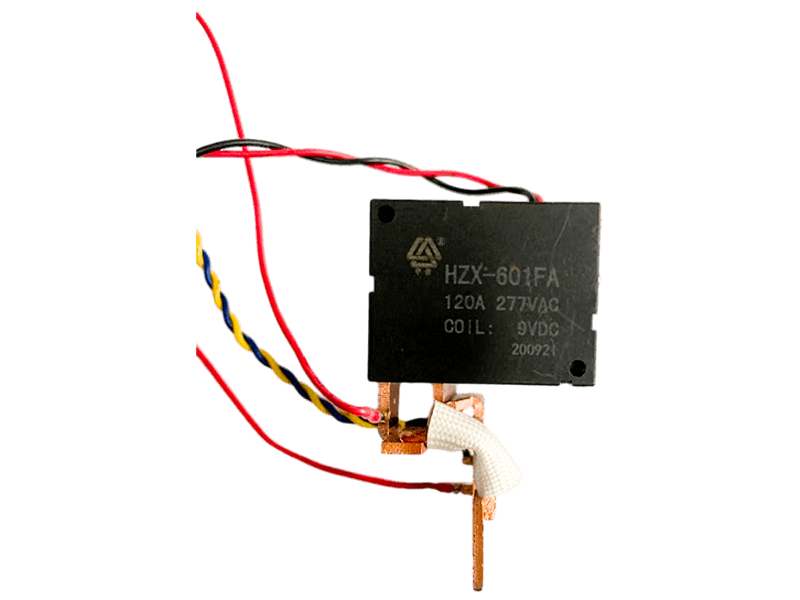Some automotive relays are designed with diodes or resistors built in. These devices help suppress coil voltage spikes and protect the electronic circuit.
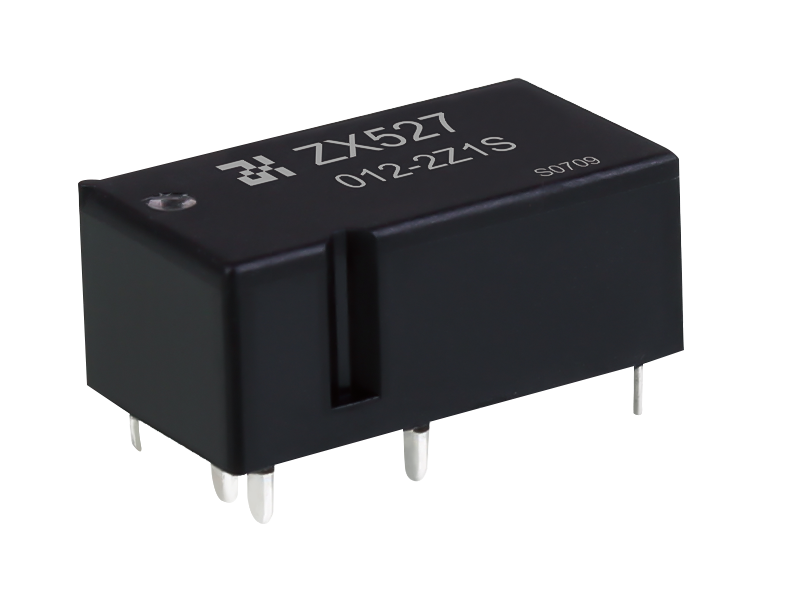
DIODE RELAY PROTECTION
When the voltage is removed and a relay is denergised the magnetic field collapses. This can result in a voltage surge in the opposite direction. These low current surges can have significantly high voltages, often up to 100 volts. To prevent the damage of sensitive upstream electronic circuitry a diode can be installed across the coil. The diode absorbs and dissipates the momentary voltage spike and protects upstream damage.
RESISTOR RELAY PROTECTION
Resistors can be employed to provide protection similar to a diode in the previous example. They too can absorb voltage spikes which result from a sudden magnetic field collapse. A resistor however allows a small current to flow and is not as effective as a diode in absorbing a voltage surge. The advantage a resistor holds over a diode is that it is not sensitive to polarity and the 12v can be connected to either the 85 or 86 terminal, (as per DIN 72552).

